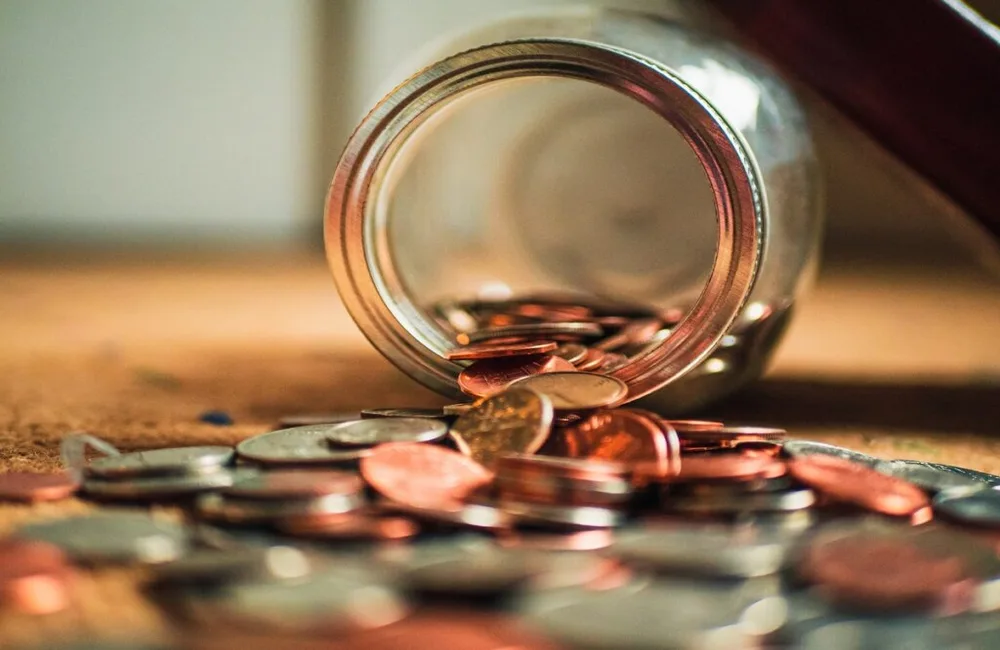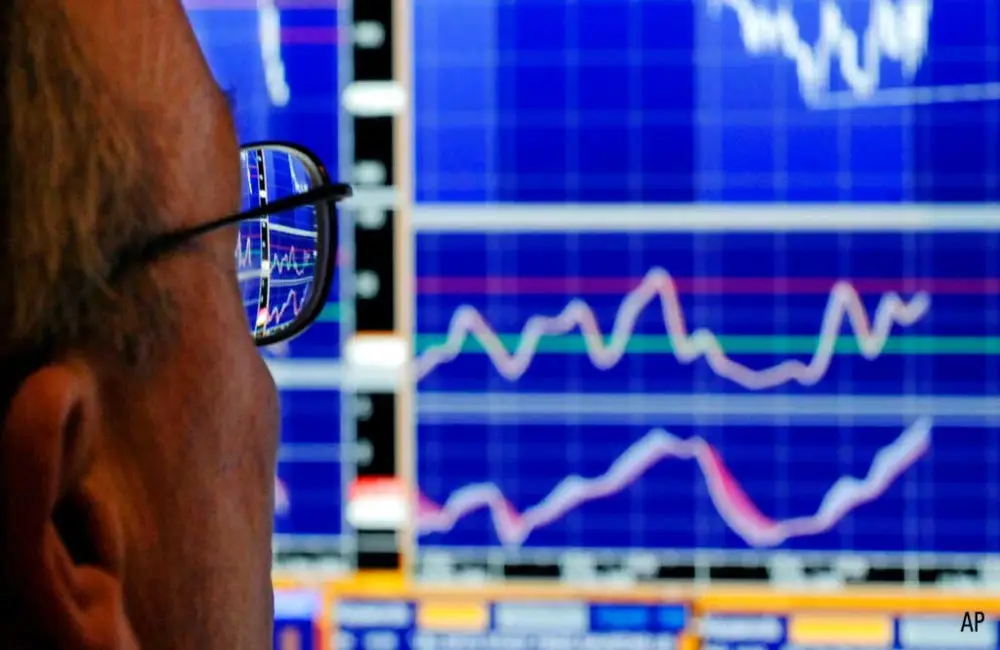There would also be an internal review later in the year of how the Reserve Bank gave forward guidance, he said, meaning its forecasts on the future track of interest rates.
Lowe had previously admitted he was embarrassed his guidance was still repeating itself, with cash interest rates not seen rising until at least 2024. His confidence kept many borrowers complacent that they didn’t need to lock in loan interest costs. In Lowe’s own words, he “should have done better.
Why attempt to look two to three years ahead on rates when the situation was evolving rapidly? It's incredible to remember that just three months ago, on 2 February 2022, at his Press Club Q&A session, he said:
“Fast forward six months, what’s going to happen? I don't think we're going to be buying as many electronics, we'll look more close to cafes and travel and the supply side issues in the chip market is now getting Arab spring a lot more cheaper chips. That category I suspect we'll return to more normal rates of increase on that.” The same with cars.”
He was looking for inflation to calm down by the middle of 2022. Now the projection for 2022 headline inflation is 6 percent and underlying inflation around 4.75 per cent versus the Reserve Bank range of 2 per cent to 3 percent. He went on, again chiding market traders for pricing in huge rises in the rate when he stated:
“I keep looking at the markets and trying to decode what they’re telling us, but even thinking about how the iterative interest rate response is priced into Australia, the same as the US, still feels like it doesn’t make sense to me.”
He had been even more formidable in November 2021:
“I struggle to see why rate rises are being priced next year or in early 2023.”
But on Tuesday he added, “I don’t want to comment on the plausibility of market rates”, something he has done for months.” When he had urged governments to spend, for instance, in October 2021:
“The fiscal measures taken by the Australian Government and the state and territory governments in this regard have also been delivering welcome support in supporting household and business balance sheets.”
The Governor has indeed earned the right to feel “embarrassed” at evolving from dovish to hawkish in the space of a few months, and the promised review of the Reserve bank both sides of politics have pledged to conduct after the election now has an even stronger case for going ahead. It needs to review all the many aspects of the massive support to the economy that has flooded the situation with inflation, including lending almost $200 billion to commercial banks at 0.1 per cent for three years that stoked the property price bonfire of 2021.
Surprise surprise, CBA's Gareth Aird, the leading forecaster of cash rates, was not impressed as he was not expecting this week's hike. He said:
“Today’s decision means the RBA has walked away from their April guidance data over coming months (emphasis on plural) would guide them in a decision to stay the course on the cash rate. Instead of waiting for the official data on the development of labour costs... the Governor in the meantime has now used the RBA’s “business liaison” and “business surveys” to arrive at the conclusion that wages growth is on a sufficiently higher trajectory.
Business surveys had suggested for some time that wages growth was headed up so the Board’s decision only today to pay attention to “unofficial” wages data was a surprise.
Reading the tea leaves, the RBA has just been surprised by the strength of the Q1 22 CPI data... We are disappointed in some aspects of the RBA’s communication today.”
In the midst of the fear and inevitability of rising rates, another number has gone unnoticed. Economic growth in Australia during the year 2023, by contrast, was estimated at just 2% and Lowe added also on Tuesday:
“Headline and underlying inflation are expected to have moderated to around 3% by mid-2024.”
The take-home message from all of this, as Philip Lowe freely concedes, is to stop hanging on his every word every month. He has no idea what lies before him, he monitors new numbers hourly, and the thousands of pages of tea leaf parsing every time he utters 'patience' or 'sustainable' barely do a thing.
In fact, there’s a good chance that central banks will have to cut interest rates in a year or two in order to revive the slowing economy. The so-called 'neutral' cash rate, the level which neither expands or contracts the economy, is drawing plenty of speculation now. KPMG said:
“This neutral rate is now between mid-1%, some economists are now pointing out given the high levels of debt that households are servicing. [-] KPMG believes it is likely to be lower than historic levels, and probably in the 2% to 2.5% range.”
Which is well below current market rate expectations. Here’s how bank bill futures are trading at 4% by early 2023. Surely this cannot happen or we will be seeing rises of mortgage rates of say 3.5% to around 6% that will kill the residential property market and boost mortgage defaults. The Reserve Bank won't (go there) and the market just won't stop (going higher).
A good thing about higher rates is savers will finally get some reward, though not in real terms until inflation is tamed. To be fair, another wonder of investing, compounding, is back in the game with the rise in interest rates. As Charlie Munger (yes, that one again) said, think long term because “The first rule of compounding is to never interrupt it unnecessarily.”
A couple of charts this week stood out that capture the state of world markets.
The first explains one reason supplies of many goods from China are stuck, with ships stuck around Shanghai. Product shortages drive inflation as manufacturers and businesses struggle to obtain supplies.
And second, the case for a diversified portfolio in which falling stock market returns are offset by rising bond prices is currently failing, as both US stocks and bonds have fallen by more than 10 per cent for only the second time in at least half a century.
























